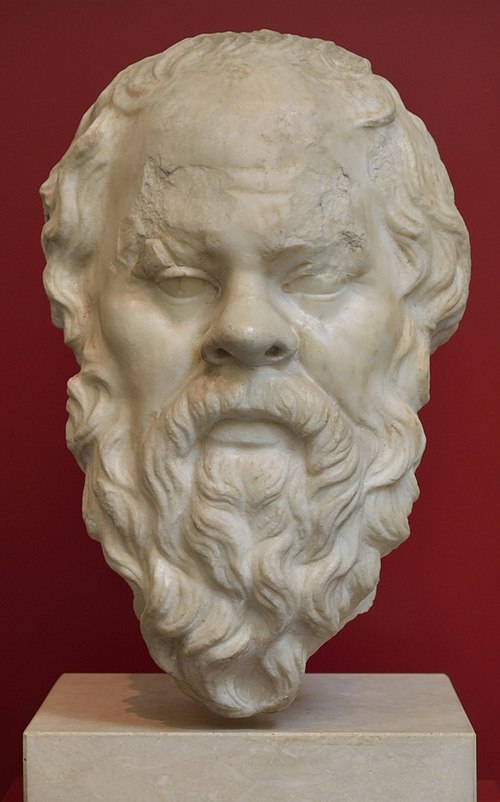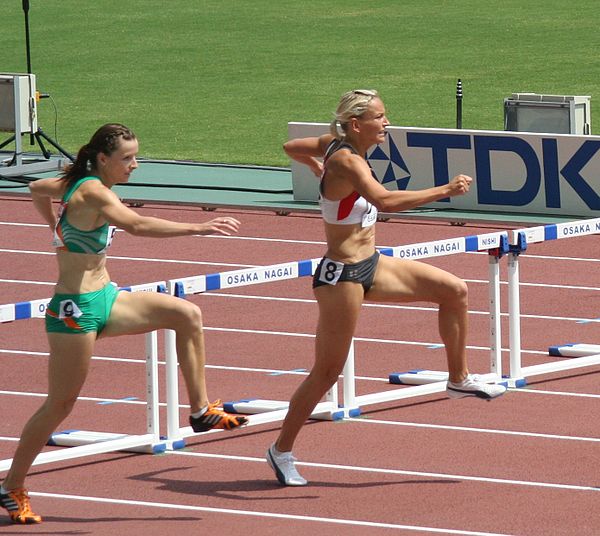Social justice
Videos
Page
Social justice is justice in relation to a fair balance in the distribution of wealth, opportunities, and privileges within a society where individuals' rights are recognized and protected. In Western and Asian cultures, the concept of social justice has often referred to the process of ensuring that individuals fulfill their societal roles and receive their due from society. In the current movements for social justice, the emphasis has been on the breaking of barriers for social mobility, the creation of safety nets, and economic justice. Social justice assigns rights and duties in the institutions of society, which enables people to receive the basic benefits and burdens of cooperation. The relevant institutions often include taxation, social insurance, public health, public school, public services, labor law and regulation of markets, to ensure distribution of wealth, and equal opportunity.

An artist's rendering of what Plato might have looked like. From Raphael's early 16th century painting "Scuola di Atene".

Roman copy in marble of a Greek bronze bust of Aristotle by Lysippos, c. 330 BC. The alabaster mantle is modern.

Bust of Socrates

Thomas Pogge
Equal opportunity
Videos
Page
Equal opportunity is a state of fairness in which individuals are treated similarly, unhampered by artificial barriers, prejudices, or preferences, except when particular distinctions can be explicitly justified. For example, the intent of equal employment opportunity is that the important jobs in an organization should go to the people who are most qualified – persons most likely to perform ably in a given task – and not go to persons for reasons deemed arbitrary or irrelevant, such as circumstances of birth, upbringing, having well-connected relatives or friends, religion, sex, ethnicity, race, caste, or involuntary personal attributes such as disability, age. According to proponents of the concept, chances for advancement should be open to everybody without regard for wealth, status, or membership in a privileged group. The idea is to remove arbitrariness from the selection process and base it on some "pre-agreed basis of fairness, with the assessment process being related to the type of position" and emphasizing procedural and legal means. Individuals should succeed or fail based on their efforts and not extraneous circumstances such as having well-connected parents. It is opposed to nepotism and plays a role in whether a social structure is seen as legitimate. The concept is applicable in areas of public life in which benefits are earned and received such as employment and education, although it can apply to many other areas as well. Equal opportunity is central to the concept of meritocracy. There are two major types of equality:Formal equality: individual merit-based comparison of opportunity.
Substantive equality: moves away from individual merit-based comparison towards group equality of outcomes.

Equal opportunity for all: "We fight God when our Social System dooms the brilliant clever child of a poor man to the same level as his father", British Admiral Jacky Fisher, Records (1919)

The formal conception focuses on procedural fairness during the competition: are the hurdles the same height? (photo: athletes Ulrike Urbansky and Michelle Carey in Osaka)

To illustrate substantive equality of opportunity, suppose there are two applicants competing for one position. Like in the formal model, both applicants are evaluated according to their ability to do the job, but additional considerations factor into the assessment. For example, an applicant from a poorer family is assumed to be at a disadvantage in the competition for the position, and that it wasn't their fault that this happened. So earlier events are factored into the hiring decision. The perceived unfairness is often a justification for educational programs to help less wealthy children become more competitive in the workplace.

Issues about substantive equality have been raised about the skin color of runway models at the São Paulo Fashion Week and in 2009 quotas requiring that at least 10 percent of models be "black or indigenous" were imposed as a substantive way to counteract a "bias towards white models", according to one account.